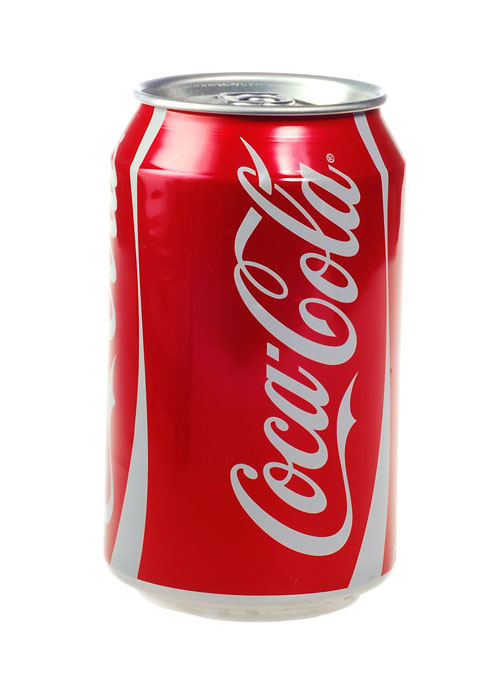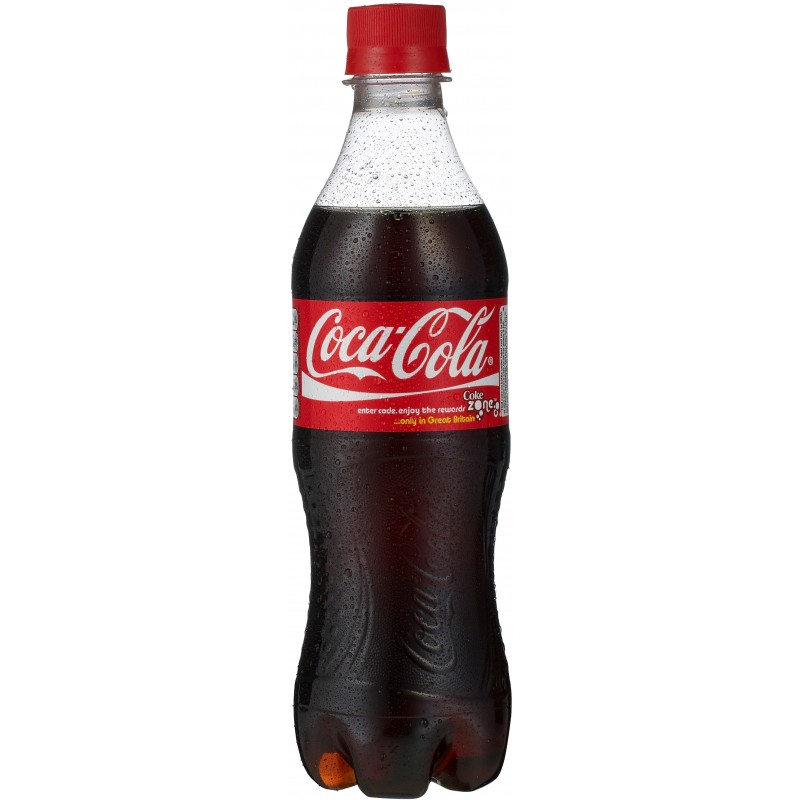Traditionally, every company continually makes effort to add more options to its product or service portfolio: they consider it an effective strategy to not only survive but also thrive in a highly competitive global market.
However, this is not true for the world’s most popular soft drink brand – Coca Cola, at least not until 2017.
Often referred to as simply: Coke, the company began as a patent medicine invented by John Pemberton in 1886 and was later commercialized by the astute American business man, Asa Griggs Candler.
Althrough the 20th century and now in the early part of the 21st, the company has remained leader of the global soft-drink market (until recently) with its recipe, well documented worldwide as a trade secret.
The most incredible aspect of that global market leadership is that, it has been with a single product; packaged in various ways ranging from bottled, plastic, and canned drinks with an inscription ‘Coke’.

With an advert and promotion campaign that over the last 100 years has driven the brand’s name into the world’s consciousness in a way that is unmatched by any other business organization on earth, Coca Cola has accumulated a stunning US$42 billion in annual revenue as at this May 2017.
Some of such promotional activities included the “have a Coke and a Smileâ€; Norman Rockwell’s 1935 painting of a boy fishing, Coke bottle in hand; a Coca-Cola record with tunes sung by Ray Charles, Aretha Franklin and The Who; advertisements with a red-coated, bearded Santa Claus among others.
It is said to its credit that, Coca Cola popularized Santa Claus in the 20th century.
These successes recorded with a somewhat ‘iconic product’ has certainly not been without a cost.
In addition, it would not be out of place to say that the developments at the world’s leading soft drink brand this year have largely been a bow to the intense pressure from external stakeholders such as governments through the introduction of soda taxes averaged at over 20% as well as private institutions across the globe on the company. Specifically demanding that it lessen its grip on the market, by developing other products and giving room for smaller firms in the soft drinks business to thrive across various countries.
Now, in a disclosure made to available to CPG market watch, Coca Cola has finally decided to part ways with its old habits and give other complimentary products a chance.
Already, it introduced the Gold Peak line of premium ready-to-drink (RTD) tea lattes and coffees in the first quarter of the year and is set for even more drastic moves in this direction.
There have also been internal pressures from shareholders who claim that, the company’s sustained investment in advertising its iconic product has outlived its relevance and that it was time to channel those resources into the upcoming Coca Cola products. Â
Adding that such activities have rather resulted in gross efficiency of the company over the last few years.
Jorge Paulo Lemann, founder of the private equity firm – 3G, is famously noted as saying he could operate coca cola with barely 200 employees; a clear attack on the company’s claim to its operational efficiency.
While, there continues to be a largely stable market for Coke across the globe, it is quite impressive that the company’s leadership under its new CEO, Mr. Quincey is adopting this diversification measure as a way of preventing the possibility of Coca Cola being another Nokia or Kodak: a situation it has managed to avoid for over 130 years now.





